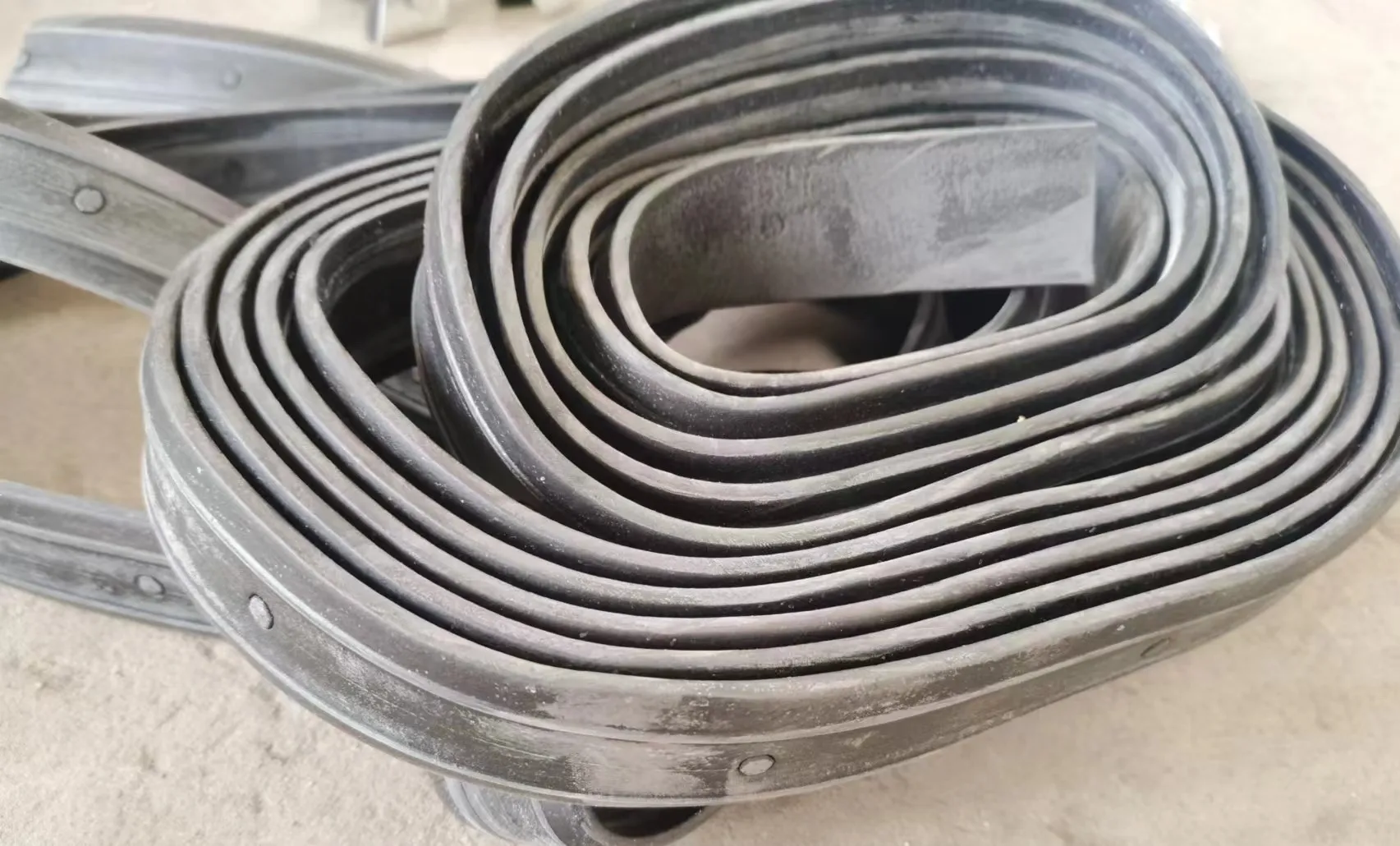loading...
- No. 9, Xingyuan South Street, Dongwaihuan Road, Zaoqiang County, Hengshui, Hebei, China
- admin@zjcomposites.com
- +86 15097380338
- Welcome to visit our website!
Exploring the Benefits of FRP Pultruded Profiles in Construction and Engineering Applications
The Advantages and Applications of FRP Pultruded Profiles
Fiberglass Reinforced Polymer (FRP) pultruded profiles have gained significant attention in various industries due to their unique properties and versatile applications. These profiles are created through a pultrusion process, where continuous fibers are pulled through a resin bath and then heated to form a solid profile. This method allows for the production of complex shapes with high strength-to-weight ratios, excellent corrosion resistance, and minimal maintenance requirements.
Strength and Durability
One of the primary advantages of FRP pultruded profiles is their remarkable strength and durability. The fibrous materials used in the pultrusion process, such as fiberglass, provide exceptional tensile strength, making these profiles ideal for structural applications. They can withstand heavy loads and extreme weather conditions without significant deformation or failure. Furthermore, FRP does not corrode like traditional materials such as steel, which makes it an excellent choice for applications in harsh environments, including marine and chemical processing industries.
Lightweight Nature
Another notable benefit of FRP pultruded profiles is their lightweight nature. This feature not only facilitates easier handling and installation but also contributes to overall cost reduction in structural projects. The low weight of FRP materials allows for smaller and less expensive support structures compared to traditional materials, thereby reducing the labor and equipment needed for transportation and installation.
Corrosion Resistance
FRP pultruded profiles inherently possess high resistance to corrosion due to the non-metallic nature of the composite materials. This resistance makes them suitable for use in corrosive environments, such as wastewater treatment plants, chemical processing facilities, and marine applications. Unlike metals, FRP does not rust, which significantly extends the lifespan of the structures and components made from these materials, ultimately leading to lower lifecycle costs.
Design Flexibility
frp pultruded profiles

The pultrusion process enables significant design flexibility, allowing for the creation of complex shapes and profiles that meet specific engineering requirements. This adaptability makes FRP pultruded profiles suitable for a wide range of applications, from construction and infrastructure to automotive and aerospace industries. Designers can easily tailor the dimensions, shapes, and mechanical properties of these profiles to suit particular project needs, enhancing overall project efficiency.
Application Areas
FRP pultruded profiles find applications in numerous sectors due to their advantageous properties. In the construction industry, they are commonly used for structural support, handrails, grating systems, and cable trays. Their corrosion-resistant qualities make them ideal for bridges and walkways, especially in environments where exposure to moisture and chemicals is prevalent.
In the electrical sector, FRP profiles are utilized for insulators, support structures for transmission lines, and antenna towers due to their excellent electrical insulation properties. Additionally, the automotive industry employs FRP pultruded components for lightweight vehicle manufacturing, contributing to fuel efficiency and reduced emissions.
Sustainability Aspect
As industries move towards more sustainable practices, FRP pultruded profiles contribute to environmentally friendly solutions. The lightweight nature of these materials can lead to lower emissions during transportation and construction. Furthermore, many FRP materials are recyclable, and the longevity of these products reduces the need for frequent replacements and repairs, minimizing resource consumption and waste.
Conclusion
In conclusion, FRP pultruded profiles represent an excellent option for various applications due to their strength, lightweight characteristics, corrosion resistance, design flexibility, and sustainability aspects. As industries continue to seek innovative materials that meet technical and environmental requirements, FRP is poised to play a crucial role in shaping the future of construction, transportation, and many other sectors. With ongoing advancements in composite materials and manufacturing processes, the potential for FRP pultruded profiles to solve engineering challenges becomes even more promising.
-
Transform Your Spaces with FRP Grating SolutionsNewsNov.04,2024
-
The Versatility and Strength of FRP RodsNewsNov.04,2024
-
The Excellence of Fiberglass Water TanksNewsNov.04,2024
-
The Benefits of FRP Grating for Your ProjectsNewsNov.04,2024
-
Elevate Your Efficiency with FRP Pressure VesselsNewsNov.04,2024
-
Welcome to the World of FRP Pressure VesselsNewsOct.12,2024
-
Unveiling the Future of Filtration: Why FRP Filter Vessels are a Game ChangerNewsOct.12,2024
